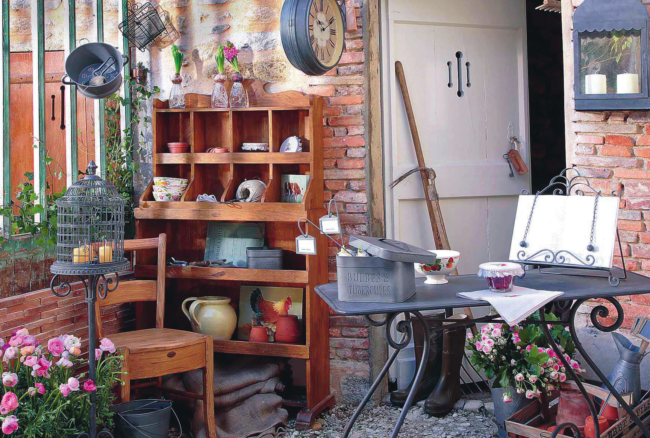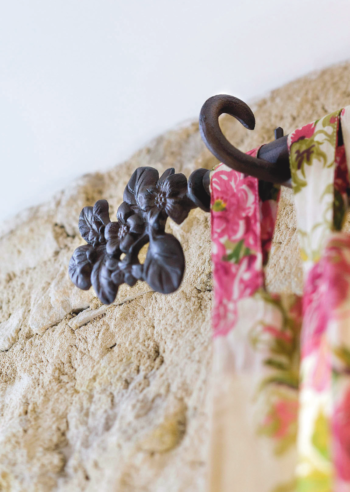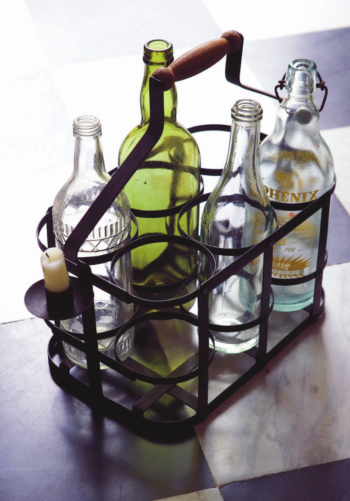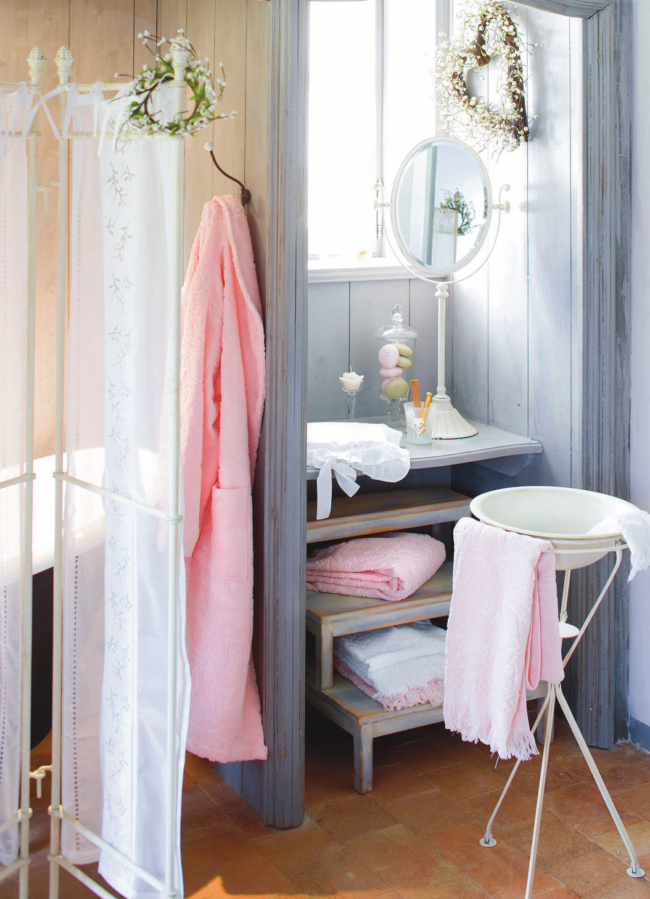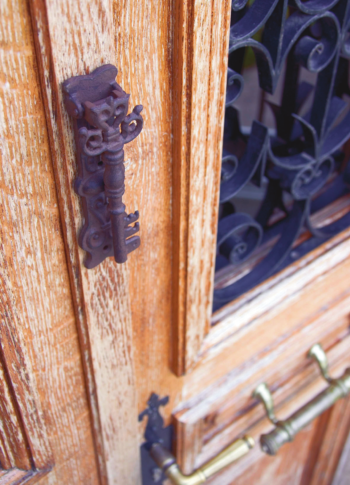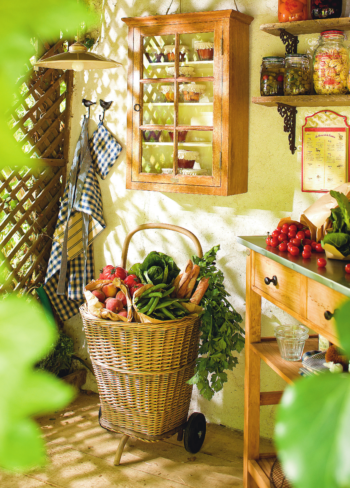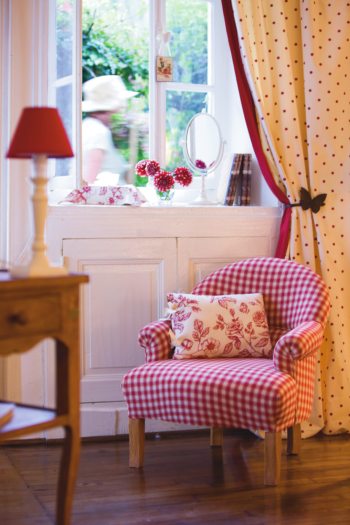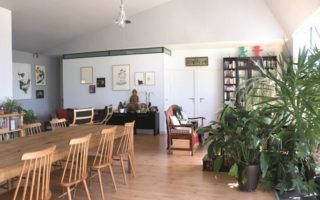BOURGEOIS OR COUNTRY?
If, like me, you love France, you might want to bring home some of that unique atmosphere. However, when it comes to French interiors, it is important to realise that, very roughly speaking, they fall into two categories: bourgeois and campagnard (country) – and you need to decide which of the two you’d like to go for.
As country life in France meant scratching a living (and in many cases, this is still very much the daily reality), the authentic campagnard interior will have little in the way of clutter and ‘objets d’arts’ will be mostly in the form of useful items, such as candlesticks, lanterns, baskets, boots and kitchen utensils for example. Plus, it goes without saying, a dresser (preferably in the kitchen) is essential for displaying and storing your family heirlooms which, again, will consist of ‘useful’ items such as tableware. To achieve the look add simple, light cottons or linens, faded colours and flowers in jugs. Think simplicity, air and light.
The bourgeois interior is not that far removed from our Victorian interiors, though a little less cluttered and with fewer mass-produced items. The pieces on show would be actual works of art or at least have a monetary value. The colour palette is darker than in the campagnard interior and the fabrics richer and softer. The overall effect will have been meant to impress and even to dazzle, while also being very comfortable.
